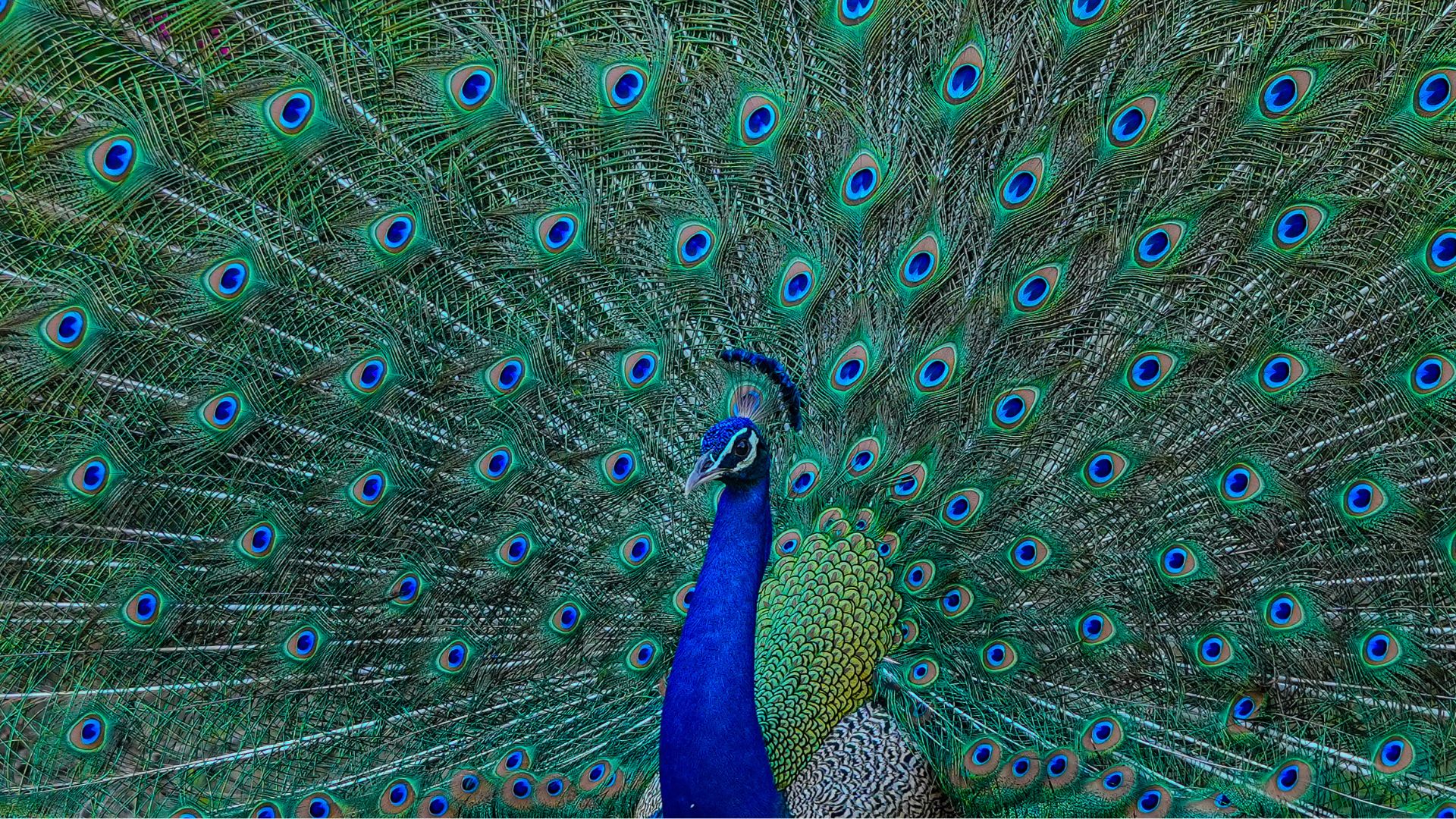Mark Allen Walls The Republic News Source link
Read More »Science
How do frogs breathe and drink through their skin?
Unlike humans, frogs and other amphibians don’t need to rely on their lungs to breathe; their unique skin helps them exchange oxygen and drink. But how do frogs breathe and drink through their skin? Frog skin is complex: It’s thin, covered in glands that produce mucus to keep the skin moist, and porous enough to allow air molecules to permeate. …
Read More »A Discovery That Could Rewrite Astronomy
Astronomers have made a groundbreaking discovery that defies the conventional understanding of planetary formation in binary star systems. A planet orbiting in a retrograde direction—opposite to its binary stars’ movement—has been confirmed in the nu Octantis system. This discovery, published in Nature on May 21, 2025, challenges existing theories and opens new doors for studying planetary systems in tight binary …
Read More »‘Space Hurricanes’ Swirling Over The Poles Could Throw GPS Into Chaos
Researchers have confirmed that massive “space hurricanes” are swirling over Earth’s polar regions, injecting vast amounts of energy into the upper atmosphere and even interfering with GPS signals. These plasma-based storms, invisible to most of the world, share striking similarities with traditional hurricanes but occur in the realm of charged particles high above our planet. How Space Hurricanes Form And …
Read More »How The World Will Look Very Different in 2050, According to Neil deGrasse Tyson – The Root
How The World Will Look Very Different in 2050, According to Neil deGrasse Tyson The Root Source link
Read More »Black holes don’t just swallow light, they sing. And we just learned the tune
Black holes embody the ultimate abyss. They are the most powerful sources of gravity in the universe, capable of dramatically distorting space and time around them. When disturbed, they begin to “ring” in a distinctive pattern known as quasinormal modes: ripples in space-time that produce detectable gravitational waves. In events like black hole mergers, these waves can be strong enough …
Read More »Peacocks can shoot lasers from tail feathers, scientists discover
Scientists have concluded that peacocks’ tail feathers are capable of emitting narrow beams of light. A team highlighted that the colored tail feathers include tiny reflective structures that can amplify light into a laser beam. Researchers from Florida Polytechnic University and Youngstown State University explored such structures that may emit a very different signature glow after applying a special dye …
Read More »Scientists finally solve the mystery of what triggers lightning
Though scientists have long understood how lightning strikes, the precise atmospheric events that trigger it within thunderclouds remained a perplexing mystery. The mystery may be solved, thanks to a team of researchers led by Victor Pasko, professor of electrical engineering in the Penn State School of Electrical Engineering and Computer Science, that has revealed the powerful chain reaction that triggers …
Read More »August brings the meteor shower NYC stargazers wait all year to see
Stargazers have a chance to get a good look at the Milky Way and summer constellations in the night skies this August. Some of the planets are beginning to reappear – and one of the best meteor showers of the year, the Perseids, will be on display. “August is really about the Perseids and getting out there. So that’s primo,” …
Read More »Bringing Metallurgy Into the 21st Century
Caltech scientists have developed a method to create metallic objects of a precisely specified shape and composition, giving them unprecedented control of the metallic mixtures, or alloys, they create and the enhanced properties those creations will display. Want a stent that is biocompatible and mechanically robust? How about strong but lightweight satellite components that can operate in space for decades? …
Read More »





